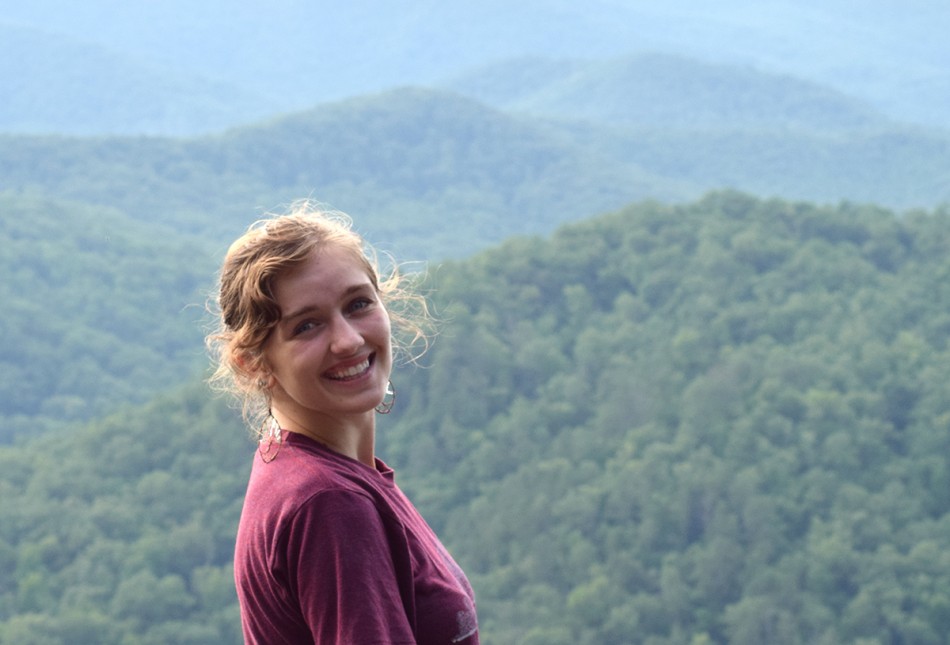

Josie Whelan is a SEAS master’s student whose specialization is Behavior, Education, and Communication. She also is pursuing a dual degree at U-M’s School of Education (SoE) in the Educational Studies program. Whelan previously was an elementary-school teacher and plans on returning to the education field after graduation. In her career, she hopes to teach STEM while also connecting environmental community organizations with schools.
A dual degree was interesting to Whelan because of its unique nature. “Both schools prioritize using what you learn to have an impact through community collaborations and internships,” she said. The combination gave her a chance to bolster sustainability knowledge, have conversations about social justice in schools, and explore different pedagogies as they relate to these themes.
The dual-degree program is 60 credit hours, which means it can be completed in two years at an average of 15 credits per semester. Whelan was successful in leveraging financial support from both schools to help offset the costs of her education. One notable funding opportunity for her was applying for a Dow Sustainability Fellowship.
When considering different scholarship and fellowship opportunities, Whelan noted that many have early due dates. “Many applications are due in October so meeting with your advisor during the summer is a great idea to begin building the relationship, especially if you are going to be asking for recommendations.” She also encourages students to explore programs outside of their dual-degree schools. Whelan, for example, had positive experiences in the U-M Ross School’s Leadership Academy and Nonprofit Board Fellows program.
Beyond funding, Whelan also appreciates having two advisors. “This was a really awesome benefit for me, as my advisors filled in different aspects of my needs and had different levels of accessibility.”
Whelan noted that having both degrees will help her stand out in her job search and more dynamically meet qualifications for different positions. She also emphasized that it gives her “a much larger network of connections at the University of Michigan that spans multiple departments and many different expertise areas.”

